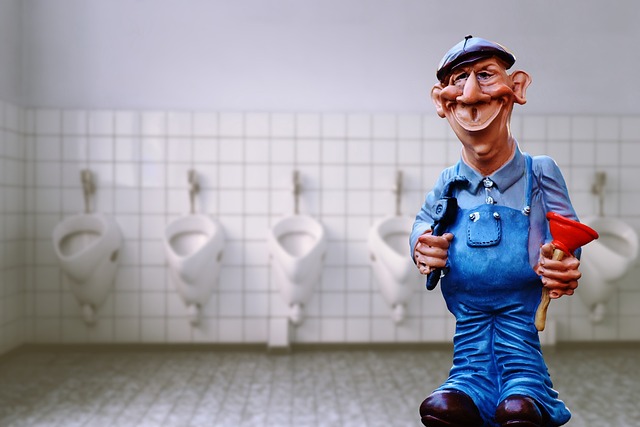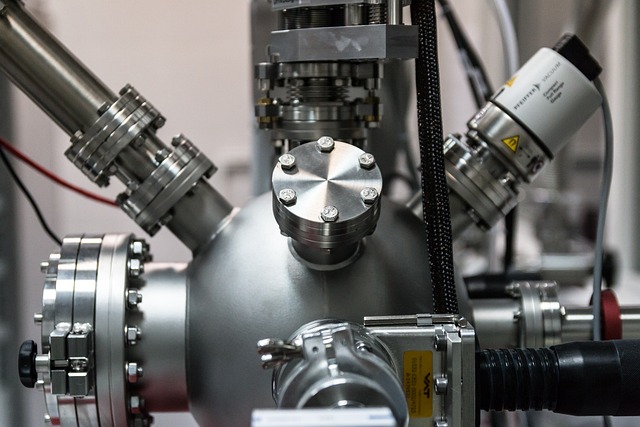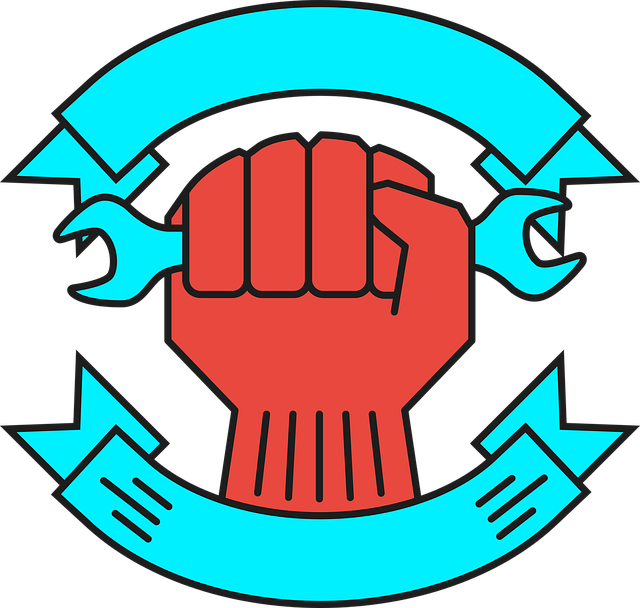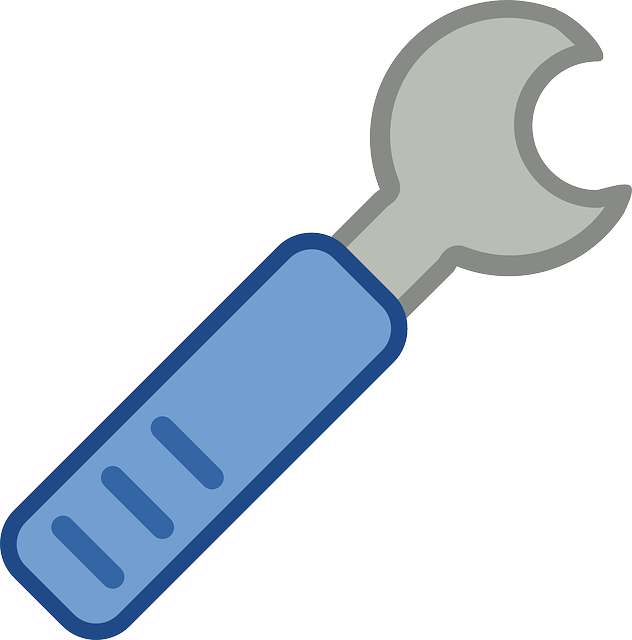Recognizing and addressing common plumbing issues early is key to maintaining a well-functioning home, preventing costly disasters, and saving money in the long term. Understanding solutions for typical problems like running toilets, leaky faucets, and clogged drains can save time and effort. Regular maintenance, including periodic inspections, drain cleaning, and preventive measures like monitoring water pressure and insulating pipes, is crucial to avoid common plumbing issues. Staying current with pipeline upgrades and installing efficient fixtures further reduces long-term maintenance costs.
Looking to tackle those pesky plumbing problems? This guide is your go-to resource for understanding and resolving the 10 most common plumbing issues. From leaky faucets to clogged drains, we break down each problem with step-by-step solutions you can handle yourself. Learn essential preventive measures and maintenance tips to keep your pipes in top shape. Discover how to navigate these common plumbing issues like a pro!
Identifying Common Plumbing Problems

Recognizing common plumbing problems is the first step toward maintaining a smooth-running home. From dripping faucets to clogged drains, these issues can range from minor inconveniences to major disasters if left unaddressed. Pay close attention to any unusual noises, like banging or whistling, which could indicate pipe stress or damage. Changes in water pressure and temperature are also red flags. Regular inspection and prompt action on even seemingly small problems can save you money in the long run by preventing more severe—and costly—plumbing disasters.
Step-by-Step Solutions for Each Issue

When it comes to common plumbing issues, knowing how to address them can save you time and money. Here’s a look at ten typical problems and straightforward, step-by-step solutions for each. For example, if your toilet keeps running, start by checking the float valve and adjusting or replacing it as needed. Next, inspect the fill tube for any obstructions. If issues persist, the flapper may be worn out, requiring its replacement.
For leaky faucets, identify the type of faucet you have – compression, cartridge, or ceramic disk – as this dictates the repair process. Begin by turning off the water supply under the sink. Then, disassemble the faucet according to its type, locate and replace the faulty component (e.g., O-ring, washer, or cartridge), and finally, reassemble and turn on the water. If a drain is clogged, try using a plunger first. If that doesn’t work, reach for chemical drain cleaners or a plumbing snake to clear the blockage manually.
Preventive Measures and Maintenance Tips

Regular maintenance and preventive measures are key to avoiding common plumbing issues. Regularly inspect your plumbing system, including pipes, fixtures, and appliances, for any signs of damage, leaks, or corrosion. Cleaning out drains and sewer lines at least once a year with natural cleaning solutions can prevent clogs and blockages. Keep an eye on water pressure; sudden drops could indicate a leak or buildup in the system.
Upkeeping your plumbing includes insulating pipes to prevent freezing during winters, using faucet aerators to conserve water, and avoiding pouring grease or solid foods down the drain to prevent cloggings. Additionally, staying current with pipeline upgrades and installing modern, efficient fixtures can significantly reduce common plumbing problems and long-term maintenance costs.
Addressing common plumbing issues doesn’t have to be daunting. By understanding the problems that frequently arise, like leaks, clogs, and low water pressure, and implementing the step-by-step solutions provided, homeowners can save time, money, and potentially prevent more severe damage. Regular preventive measures and maintenance practices, such as clearing drains of grease and hair, insulating pipes during extreme weather, and checking for leaks, are also crucial. With a bit of knowledge and effort, you can keep your plumbing running smoothly year-round.
